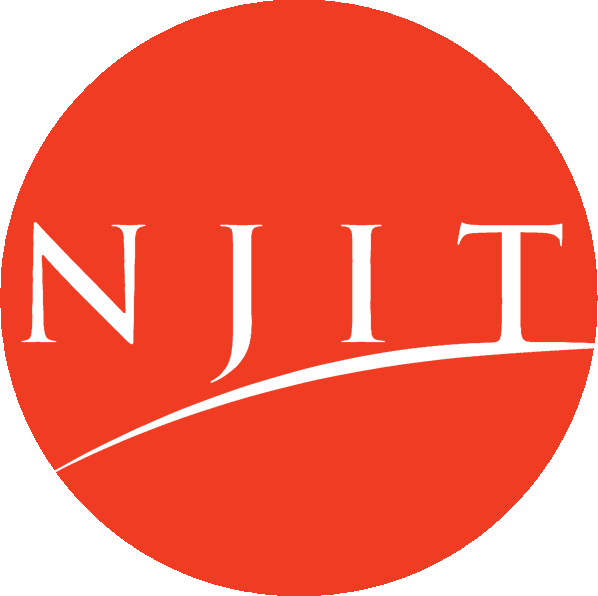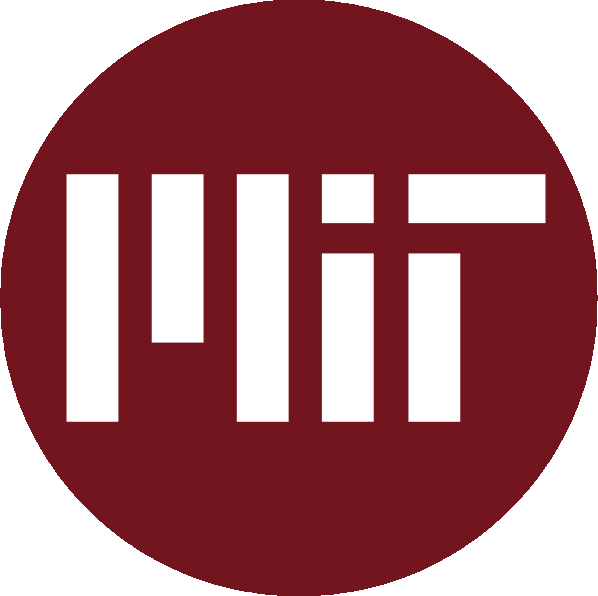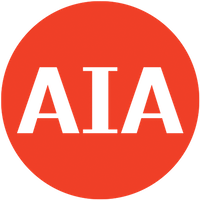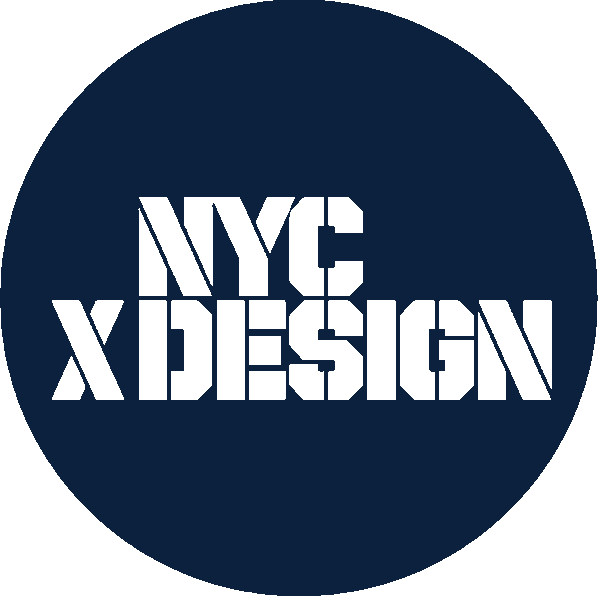Small-town superheroes
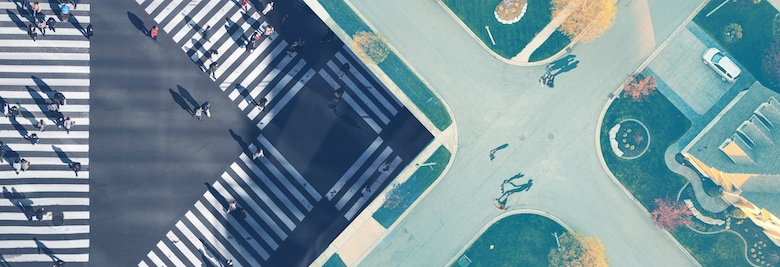
Will offering workers a choice revive aging towns?
PLASTARC has always advocated for employee choice. Right now, we’re thinking about how a recent widespread and successful remote work experiment (ahem, quarantining) helped many workers realize their careers are no longer tied to a particular geography, and what this means for our small towns and mid-sized cities. Scroll on down to On Our Minds to read about why we love cities and how we might be able to find those same attractive qualities in some unexpected places.
On our minds
Last month we talked about the Purpose Economy and how idealistic workers want both the modus operandi of their jobs as well as their at-work experiences to align with their values; and how, in part, the Great Resignation (which may be more aptly termed the Great Reshuffling) is the fall-out from employers who don’t understand this.
As we shift en-mass to hybrid and remote work, knowledge workers are free to choose their geographic location based on livability—to follow their values rather than just their employment. This freedom has already led to fast growth among top “second tier” cities and their suburbs—cities such as Austin, Raleigh, Orlando, Nashville, Atlanta, and Denver. But we’re wondering if this growth will extend even further, to towns and third-tier cities? We suspect that this new geographic freedom may play a role in saving rust belt towns, small southern towns, and the overlooked but highly affordable and often pedestrian-friendly cities in-between. To understand why, we need to talk about what draws us, individually and collectively, to any specific place.
Our attraction to a certain geography is similarly rooted as our attraction to a particular job; it’s also the basis of the purpose economy—our personal values. If you’re into mountain biking or serious hiking, you may choose to live out west. If you love scuba diving, you may choose to live on the coast. If you appreciate cultural diversity and entertainment options, you’re likely to choose an urban area. And when we’re able to choose our home-base for reasons other than the employment market, we start to discover a wider range of places that coincide with our personal values.
We’ve all seen the stories about the (potentially overstated) exodus from Silicon Valley, but why was this exodus so long in coming? What kept millennial transplants in San Francisco and other top cities, like New York and Chicago, well into their 30s, despite soaring rents that often necessitated longer work hours?
These cities have a few commonalities. They offer public transportation, walkability, ethnic diversity, and ready-made entertainment. They also offer historic buildings, the preservation and continued usefulness of which was important to 54 percent of respondents in a recent, six-city “State of the City” survey. Meanwhile, 57 percent of respondents said they often pause to admire historic buildings.
We’ve long understood that there’s a comfort and charm in older buildings, which is why they’re oft-visited, oft-photographed and protected by preservation laws. There's also a narrative and a novelty, a curiosity spawned by something that existed in a time before our time, which explains why ruin porn is so popular.
But living and working among older buildings may play a bigger role in psychological well-being than we realized. These days, biometrics help us understand the neuroscience behind our fascination with historic architecture. Traditional building designs tend to have facades that resemble the human face, and it’s these features our eyes are immediately drawn to. Traditional buildings stand upright and are human-scale, rather than employing the sometimes dizzying scale of modernism. Symmetry and straightforward hierarchy are built into the design.
Years ago, we discussed “visual touch”—basically how, when we look at things, we think about touching them. For example, many people would say they like brick, without thinking too hard about why. But each brick is about the size of a hand. It has a familiar heft and weight. We see bricks and instantly know what it would feel like to hold a brick. We perceive, without consciously considering, that it was made by hand, rather than machine. This kind of easy, sensory accessibility is soothing on a deep, primal level. So, we perceive historical buildings as beautiful, because our brains know what to do with them.
But, as the survey suggests, if historical buildings are a key draw to urban areas, that’s not a commodity specific to primary cities. Think back to most of the downtown areas you’ve ever visited, especially in smaller cities and towns. The architecture of these downtowns would most likely fall into the category of “quaint,” right? And "rust belt" towns, which are becoming more ethnically diverse (another draw of urbanity), often have vacant warehouses or factories—places we are aesthetically attracted to—that are ripe for renovation and reinvention.
We like to show where other futures are possible, and one of those futures, one of the big workforce shifts of the past few years, is that highly-skilled workers are exploring options beyond big coastal cities. Now we just need their employers to catch up—and many forward-thinking employers already have. (We wrote about the phenomena of tech companies operating from small, university-adjacent towns in a PLASTARC newsletter a few years back.) The increase in suburban coworking spaces offers opportunities to work side-by-side, brainstorm together and collaborate on solutions, even across various companies. The bottom line is that innovation isn’t always about company policy or products. Sometimes it’s simply a matter of company geography, or now the lack thereof!
From the archives
We know it’s “spring forward” and “fall back,” but we decided to “spring back” to what we were working on this time years ago.
Everyone is talking supply chains these days, but we were advocating for sustainable supply chains way back in 2015. A couple of years later, we were leading the charge when it comes to change, rather than being the last to get on board. And we were certain that creating an environment in which all of our neuro-and-otherwise diverse teammates thrive is key to running a business that thrives, in April of 2018 (featuring a nod to nature, because spring is all about nature).
We’ll leave you with this vintage rock tribute, from a musician in a so-called “second-tier” city to a musician who spent his entire life in “third-tier” cities—and the hope that you’re getting the most out of whichever city (or town or village) you’re in!
In Case You Missed It
Isn’t spring the season of distraction? If you’ve been dreaming of mountain hikes and sunny beaches instead of disruption and data, we can’t blame you. Instead, we’ll just offer you this cheat-sheet for catching-up.
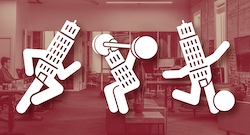
Overdue Disruption
Curious how COVID has transformed our workplace for the better? For the Wharton blog, PLASTARC dishes on mentoring, safety, and flexibility.

Dig Into Data
Even if you missed Data Science Day, you haven’t—yet! The recordings are available online until May 15, covering AI and privacy, among other STEM topics.
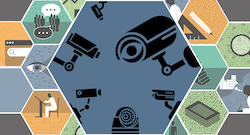
Design for Public Safety
Safety is both physical and mental. In this conversation, designers offered creative tactics and concrete examples to contribute to an outcome where everyone can breathe a little more freely.

Remembering Christopher Alexander
An influential British architect, designer and urban scientist, Christopher Alexander, died at 85. He received the first PhD in Architecture that Harvard ever granted, was a prominent figure in the new urbanism movement, designed hundreds of buildings, and was a prolific writer and educator.
Looking Ahead
Animals are coming out of hibernation, and trees are boasting new leaves. Everything is bustling, and everyone seems ready to go. Here are some places to go, including virtual options, if you’re still debating your comfort level with IRL.


